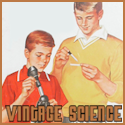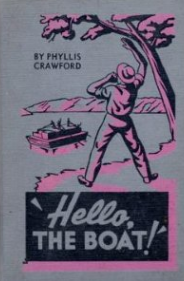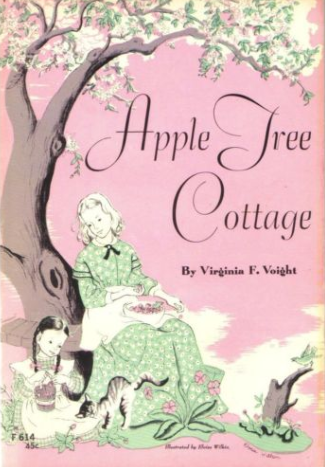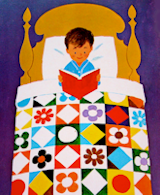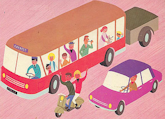2011-12 U.S. History: First Semester Reading (Westward Expansion)
Posted by Kristine at 8/30/2011 04:09:00 PM1. Lewis and Clark: Blazing a Trail West by John Burrows (nonfiction)
2. Diary of an Early American Boy: Noah Blake, 1805 by Eric Sloane
3. Hello, the Boat! by Phyllis Crawford (1939 Newberry Honor book)
Combining accurate information about those days of tall tales and tall language with a truly spontaneous story, "Hello, the Boat!" recreates the life of young people of another day in a humorously realistic fashion. Remote from great national events, the narrative is extremely simple yet vivid, absorbing because of its truth." (via GoodReads)
We'll be supplementing Hello, the Boat with the excellent nonfiction Flatboat Days on Frontier Rivers by James McCague (part of the Garrard History Series). Two additional options I considered were By Wagon and Flatboat by Enid La Monte Meadowcroft (also very good, according to TruthQuest) and Flatboats and Wagon Wheels by Mildred Comfort.
4. Boy with a Pack by Stephen Meader (1940 Newberry Honor book)
"Seventeen-year-old Bill Crawford refused to be licked by the "hard times" of 1837. Putting every cent he owned into a tin trunk full of "Yankee notions," he set out afoot from New Hampshire for the Ohio country. His adventures on the road, as he crossed Vermont, York State, and Pennsylvania and moved southward through Ohio, furnished abundant tests of his courage and character. A crooked Vermont horse dealer who nearly murdered Bill for his trade-goods; a bullying Erie canal boat captain who hired him as a driver; and a hard-riding Virginia slave-catcher shadowing the Underground Railroad are vivid personalities in the story. Like other popular books by this author, Boy With A Pack is a horsy story. It is flavored with the racy pungency of stagecoaches and tavern stables, the brawl and bustle of the old Erie Canal, the excitement of backwoods trotting tracks, and the dusty plodding of westward migration in full tide a hundred years ago."
5. Apple Tree Cottage by Virginia Frances Voight
"Susan and Candace Warren with horse, Bucephalus, roam the countryside during the summers in their van so their artist father can paint. This summer, their father is too sick to continue to travel and they end up in Apple Tree Cottage, vacant home of Peter Birch, a teen on the run from his evil master, Mr. Snipper. The Warren girls have always wanted to live in a real home and this one comes with neighbors about Susan's age, Janet and Phil Grant. The kids discover Peter's hiding place and they all become friends over the summer while keeping Peter's secret. Candy, a spunky child, who goes "cheerfully about the adventure of living, blissfully untroubled by the state of her clothes," takes food and messages to Peter, and soon the motherless Warrens and orphan Peter grow as fond of each other as if they were true siblings.
They also become involved in the burglary case of Mr. Bramble, a rich patron of the Warren's father. Susan witnesses the robbers escaping the night before the Warrens settle at Apple Tree Cottage. Candy spots a silver William Penn porringer in the road, part of the robbers' loot, which she uses to feed her new kitten Winkie. There are descriptions of pastoral life in the mid-1800's, the countryside, chores, cooking, and picnics and an account of the railway and city when Susan travels with Phil on the quest to earn money for rent ($2 a month) and necessities. Being the talented daughter of an artist, she is looking for work with the famous Godey's Lady Book to paint fashion plates in watercolor. A simple but delightful read." (Source)
6. The Story of Davy Crockett by Enid LaMonte Meadowcroft. We be supplementing this with chapters from Hunters Blaze the Trails by Edith McCall (Frontiers of America Series, reprinted by Royal Fireworks Press), and When Mountain Men Trapped Beaver by Richard Glendinning (Garrard History Series; non-fiction). I will also be reading aloud excerpts from Journal of a Trapper : or, Nine years in the Rocky Mountains, 1834-1843 by Osborne Russell (online here) for a true, first-person account of life as a "mountain man."
7. Lyddie by Katherine Patterson - My plans for this book are posted here.
8. The Great and Only Barnum: The Tremendous, Stupendous Life of Showman P. T. Barnum by Candace Fleming (nonfiction; corresponding film: P.T. Barnum)
9. Toby Tyler, or, Ten Weeks with a Circus by James Otis (Free for Kindle)
"Toby Tyler tells the story of a ten year-old orphan who runs away from a foster home to join the traveling circus only to discover his new employer is a cruel taskmaster. The difference between the romance of the circus from the outside and the reality as seen from the inside is graphically depicted. Toby's friend, Mr. Stubbs the chimpanzee, reinforces the consequences of what happens when one follows one's natural instincts rather than one's intellect and conscience, a central theme of the novel." (Source)
We'll be supplementing Toby Tyler with excerpts from Sawdust and Spangles: Stories and Secrets of the Circus, a 1901 memoir by W.C. Coup. (There is also a picture book version of Sawdust and Spangles by Ralph Covert; Coup was a contemporary of P.T. Barnum.) Additionally, we may read Circus Days Under the Big Top by Richard Glendinning (Garrard History Series) and select articles from Bandwagon (The Journal of the Circus Historical Society). We'll wrap up our unit by watching the Disney film "Toby Tyler".
10. On to Oregon by Honore Morrow (Film: "Seven Alone") and Tree Wagon by Evelyn Sibley Lampman OR The Pioneers Go West (Landmark Series) by George R. Stewart. I'll be reading aloud excerpts from Prairie Traveler: A Handbook for Overland Expeditions, with Maps, Illustrations, and Itineraries of the Principal Routes between the Mississippi and the Pacific by Randolph B. Marcy (1859). Marcy’s Prairie Traveler was an indispensable guide to thousands of American overlanders in their arduous treks to California, Oregon, Utah, and other western destinations, it's also very interesting reading!
Labels: U.S. History
0 Comments:
Subscribe to:
Post Comments (Atom)










